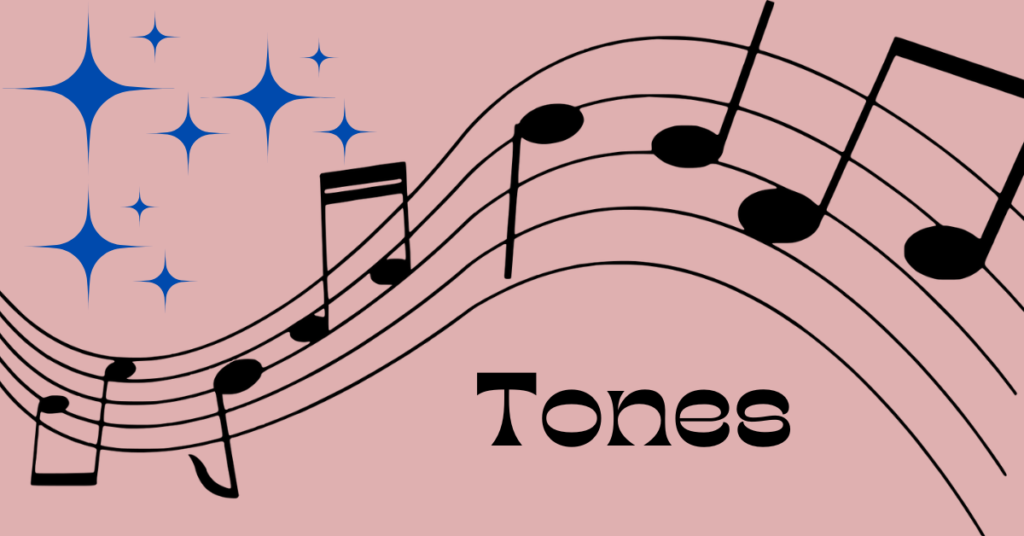
In Mandarin Chinese, tones play a vital role in distinguishing words and conveying meaning. The change of tones in Mandarin Chinese is influenced by specific conditions, and there are both general rules and irregular occurrences where these rules are broken. Let’s explore the different rules and examples in Mandarin Chinese:
- Tone Sandhi:
Rule: The word “不” (bù) in Mandarin Chinese has a special tonal rule associated with it. The tone of “不” changes depending on the tone of the word that follows it. Here are the tonal rules for “不”:
Examples:
A. When “不” is followed by a first, second, or third tone, it is pronounced with the fourth tone (bù):
- 不高兴 (bù gāoxìng) – “not happy”
- 不对 (bù duì) – “not correct”
B. When “不” is followed by a fourth tone, it undergoes a tone change and is pronounced with the second tone (bú):
- 不是 (bú shì) – “not is”
- 不好 (bú hǎo) – “not good”
The tone change in “不” is known as the “tone sandhi” rule. It occurs to ensure smoother pronunciation and avoid consecutive falling or rising pitch patterns that might be difficult to pronounce.
It’s important to note that the tone change in “不” only occurs when it is used as a negation marker, indicating the negation or absence of something. In other contexts, such as when “不” is used as a standalone word to mean “no” or “not,” it retains its fourth tone (bù).
Understanding the tonal rules for “不” is essential for accurate pronunciation and comprehension in Mandarin Chinese.
Rule: When a third-tone syllable is followed by another third-tone syllable, the first syllable changes to the second tone.
Example: The word “你好” (nǐ hǎo), meaning “hello,” demonstrates this rule. When pronounced individually, both syllables are in the third tone. However, when the two syllables come together, the first syllable “你” (nǐ) changes to the second tone, resulting in the pronunciation “ní hǎo” instead of “nǐ hǎo.”
- Tone Split:
Rule: Some syllables with a neutral tone in isolation split into different tones when combined with other words.
Example: The syllable “de” 的 in Mandarin, when used as a neutral tone, remains unchanged. However, when it follows a second-tone syllable, it becomes a fourth-tone. For example, “hǎo de” 好的 (good) is pronounced as “hǎo dè. 好的”
- Irregular Tone Changes:
Rule: There are exceptions to the general rules, and some words have irregular tone changes.
Example: The word “一” (yī) meaning “one” has an irregular tone change in certain contexts. When it precedes a first, second, or third-tone syllable, it changes to the fourth tone. For example, “yī běn shū” (one book) is pronounced as “yí běn shū.”
It’s important to note that these rules apply specifically to Mandarin Chinese. Other dialects of Chinese may have different tone change patterns. Understanding these tone change patterns is crucial for achieving accurate pronunciation and comprehension in Mandarin Chinese.
Exercises
- Create your own sentences and practice your tones:)